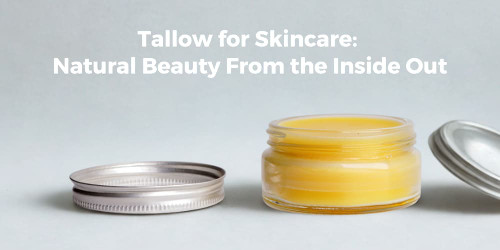As we navigate through our daily routines, one aspect that requires our attention more than ever is maintaining cleanliness and hygiene. Two terms frequently encountered in this context are "cleaning" and "sanitising". They may sound synonymous to many, but are they? This article will attempt to make clear the difference between cleaning and sanitising, clarify their definitions, and provide an overview of cleaning and sanitising procedures.
What Is Cleaning? Understanding the Definition
Cleaning can be broadly defined as the process of removing dirt, impurities, and contaminants from surfaces, objects, or environments. It typically involves the use of water, detergent, and physical action. Cleaning does not necessarily kill germs and bacteria but helps in reducing their numbers by physically removing them.
Cleaning Procedures: A Brief Look
Cleaning procedures often vary depending on the nature of the dirt and the surface to be cleaned. However, common steps include:
• Pre-cleaning to remove large particles of dirt or waste.
• Applying a cleaning agent, like detergent or soap.
• Scrubbing or agitating the surface with a scrub or cleaning towel to loosen dirt.
• Rinsing with water to remove the cleaning agent and loosened dirt.
• Drying the surface to prevent the growth of new bacteria.
Safe Work Australia offers detailed insights on effective cleaning methods for various environments.
What Is Sanitising? Understanding the Definition
Sanitising, on the other hand, is a step beyond cleaning. While cleaning focuses on visibly dirty areas and removes debris, sanitising aims to reduce the level of harmful microorganisms on surfaces to a safe level. Sanitising involves the use of heat or chemicals (sanitisers), designed to destroy, neutralise, or inhibit the growth of disease-causing microorganisms.
Sanitising Procedures: A Brief Look
Sanitising procedures can vary significantly based on the environment and the type of sanitizer used. Here is a simple sanitising process:
• Cleaning the surface as outlined in the cleaning procedures.
• Applying a sanitiser – this can be through spraying, immersion, or other methods, depending on the type of sanitiser and surface.
• Allowing the sanitiser to remain on the surface for a specific period, known as the contact time.
• Rinsing with water, depending on the sanitiser’s instructions. Some sanitisers do not require rinsing.
• Letting the surface air-dry.
For more on sanitising procedures, you can refer to the Queensland Government website.
Key Differences Between Cleaning and Sanitising
Although both cleaning and sanitising contribute to a healthy environment, they serve different purposes and are not interchangeable. Here are some of the crucial differences:
• Purpose: Cleaning removes visible dirt and impurities, while sanitising reduces the number of microorganisms to safe levels.
• Process: Cleaning involves physical removal of dirt and contaminants. Sanitising involves the application of heat or chemicals to kill or reduce harmful microorganisms.
• Effect on Microorganisms: Cleaning doesn’t necessarily kill microorganisms but reduces their numbers by physical removal. Sanitising kills or inhibits the growth of microorganisms.
The Synergy between Cleaning and Sanitising
Understanding the difference between cleaning and sanitising is vital, especially when establishing procedures to maintain a clean and safe environment. Cleaning is often the first step – it physically removes dirt and grime, paving the way for effective sanitising. Sanitising then follows, targeting and reducing the microorganisms that are left behind. When combined effectively, these processes significantly improve hygiene levels. NSW Health website offers excellent resources to help maintain these procedures at home and in your community.
To ensure our surroundings remain safe, it’s essential to appreciate these definitions and processes. Cleaning and sanitising should not be considered as alternatives to each other but as two necessary steps in a complete hygiene maintenance routine. By recognising the differences and implementing these procedures correctly, we can effectively fight against harmful microorganisms and ensure a clean, safe environment for ourselves and those around us.
By incorporating the right cleaning and sanitising procedures and understanding the difference between the two, we're better equipped to maintain hygiene and safety standards. These procedures are not just necessary for health institutions or the food industry but are integral to our homes, workplaces, and public spaces. So, the next time you set out to clean and sanitise, remember the key differences, and let's work together to create healthier, safer spaces.
Sources















